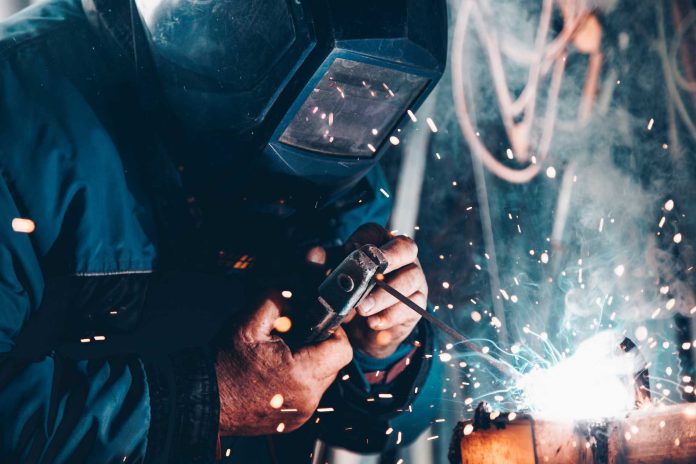Copper is used in the construction of buildings, the generation and transmission of power, and the manufacture of electronic products, machinery, and vehicles. Its thermal and electrical conductivity, as well as its high corrosion resistance, makes the metal perfect for welding.
Over the years, the processes and methods used in welding copper have advanced. This article explains the various innovations involved in welding copper and their importance.
Laser
Laser welding, developed in the 1960s, uses concentrated light-based energy to melt and fuse metals. It is one of many methods available for joining metals. Laser is suitable for a small area, narrow and deep welds, at high speed.
This method delivers a pulse of light in millimetres through the material’s surface. The surface absorbs the laser light and converts the solid material into gas, creating a keyhole gap. When the pulse of light stops, the vaporized metal surrounding the keyhole becomes liquified and flows inside. The result is a weld between the two surfaces.
Diode lasers are a class of lasers that generate laser radiation through a semiconductor. They are instrumental in welding copper. With diode lasers from Laserline, for example, you can control heat conduction welding of copper and other highly reflective materials.
Laserline was founded in 1997 and has grown to be an internationally leading developer and manufacturer of diode laser technology.
Electron Beam
This copper welding process fires high-energy electrons into the copper, which creates heat. Electron beam copper welding is an improvement to the cathode ray system used in time past and is much faster than arc welding.
Electron beam copper welds are of very high quality. However, the equipment used is heavily expensive. It is the best fit for welding that requires deep penetration.
Explosive
This process uses physical strength and force. A small quantity of explosive is used to join one metal to another; the explosive force causes the metals to fuse.
Explosive welding works in cladding sheets, tube materials, and the manufacturing of heat exchangers.
Friction
Friction welding uses brute force, like explosive welding. The materials to be joined are set to move in opposite directions, then brought together forcefully and suddenly. The friction creates heat and consequently fuses the pieces. Automotive companies use friction welding to join forgings and castings.
This method creates resulting welds with better mechanical properties than the parent material. It also works for dissimilar materials.
Magnetic Arc
Magnetic arc welding improves the conventional Metal Inert Gas welding (MIG) method. Generally, arc welding uses an electric arc to create heat to melt and join metals.
However, in the magnetic arc welding method, a magnetic field restricts the arc’s movement, improving accuracy, speed, and result. It is applicable anywhere the MIG is used.
Ultrasonic
Ultrasonic welding is similar to friction welding. It uses extremely high frequency to swing the materials, create heat and fuse them.
It is used for joining plastics and is not a metal fabrication process.
Importance of Innovation in Copper Welding
- Innovations help create better electric arc control to curb the problem caused by poor fit-up.
- Innovations in copper welding have helped improve the ability to weld dissimilar objects.
- These innovations have helped reduce clean-up time by having fewer spatters.
- Time is managed, and work is done within a shorter time.
- The use of less heat and power.
Conclusion
Specific copper welding processes have been in existence for a very long time. However, their duration of existence does not mean the welding processes cannot improve. These innovations help us work better, neater, faster, and safer.


































